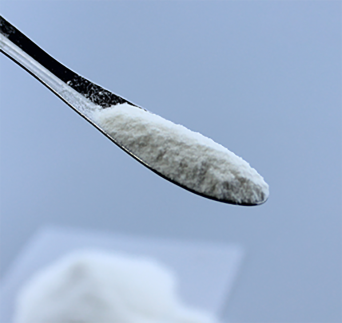
ສ.ຫ. . 05, 2024 03:11 Back to list
Exploring the Advances and Applications of HPMC and CMC in Modern Pharmaceutical Formulations
Unraveling the Synergy between HPMC and CMC Applications and Benefits
Hydroxypropyl Methylcellulose (HPMC) and Carboxymethyl Cellulose (CMC) are two powerful cellulose derivatives widely used in various industries, particularly in pharmaceuticals, food production, and cosmetics. Their unique properties and functionalities make them indispensable in enhancing product performance, stability, and consumer acceptance.
What are HPMC and CMC?
HPMC is a non-ionic, water-soluble polymer derived from cellulose. It is known for its gelling, thickening, and film-forming properties. HPMC is primarily utilized in pharmaceutical formulations, providing controlled release of medications, and in the food industry as a thickener and emulsifier.
Carboxymethyl Cellulose, on the other hand, is an anionic cellulose ether that imparts excellent thickening and stabilizing properties to aqueous solutions. CMC is widely used in food products, as a thickening agent in sauces and ice creams, and in pharmaceuticals for its ability to improve the viscosity and texture of formulations.
.
The combination of HPMC and CMC can create a synergistic effect, enhancing their individual properties for better performance in practical applications. In the pharmaceutical industry, HPMC is often employed in the formulation of tablets and capsules, serving not only as a binder but also as a stabilizing agent. When combined with CMC, the gel-forming properties of the combination can lead to improved drug delivery systems, allowing for sustained drug release and better bioavailability.
hpmc cmc

In the food industry, the partnership between HPMC and CMC can enhance the texture and mouthfeel of products. For example, in gluten-free bakery products, this combination helps replicate the elasticity and moisture retention typically found in gluten-containing products. The synergistic effect not only improves the quality of gluten-free goods but also allows for a wider acceptance by consumers seeking gluten-free alternatives.
In cosmetics, HPMC and CMC are utilized for their emulsifying and stabilizing properties in creams and lotions. They help in creating a creamy texture while improving the product's stability and shelf life. When used together, they can create a product that feels luxurious on the skin, enhancing user satisfaction.
Benefits of Using HPMC and CMC Together
The primary advantage of combining HPMC and CMC lies in their complementary properties. While HPMC provides moisture retention and film-forming capabilities, CMC enhances viscosity and stability. This leads to products that are not only effective but also aesthetically pleasing.
Moreover, the versatility of HPMC and CMC allows for customization according to specific formulation needs. By adjusting the ratio of the two ingredients, manufacturers can fine-tune the viscosity, texture, and release properties of their products. This adaptability is crucial in meeting the diverse demands of various industries.
Conclusion
The combination of Hydroxypropyl Methylcellulose and Carboxymethyl Cellulose presents a remarkable functional synergy with broad applications across pharmaceuticals, food, and cosmetics. As industries continue to innovate and prioritize quality, the importance of these cellulose derivatives cannot be overstated. Their innate ability to enhance texture, stability, and performance makes them vital components in modern product development, sure to maintain their relevance for years to come. As research continues to uncover new possibilities, HPMC and CMC will likely remain at the forefront of formulation science, shaping the future of various consumer goods.
-
Why HPMC is a Key Additive in Wall Putty Formulations
NewsAug.05,2025
-
Redispersible Powder in Decorative Renders: Function Meets Finish
NewsAug.05,2025
-
Redispersible Powder for Interior Wall Putty: Smooth Results Every Time
NewsAug.05,2025
-
HPMC’s Water Retention Capacity in Dry Mortar Applications
NewsAug.05,2025
-
HPMC Factory Contributions to Liquid Detergents
NewsAug.05,2025
-
How HPMC Factory Products Change Detergent Textures
NewsAug.05,2025







